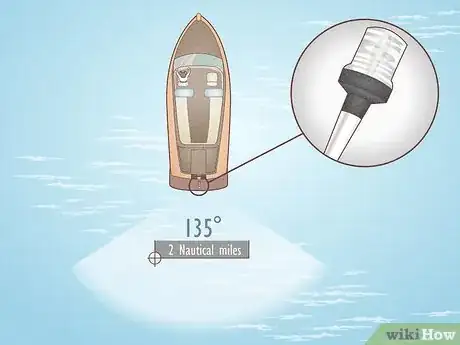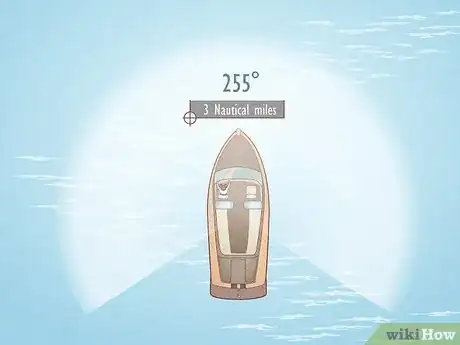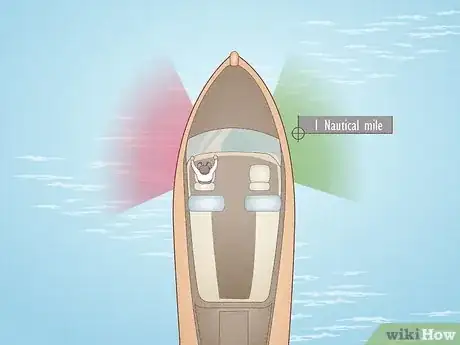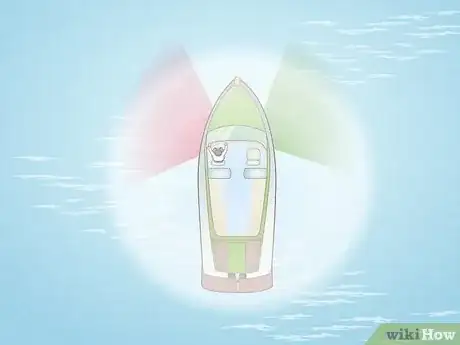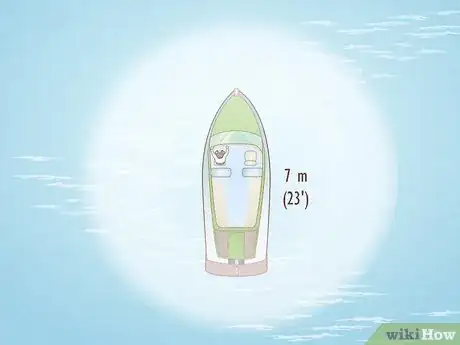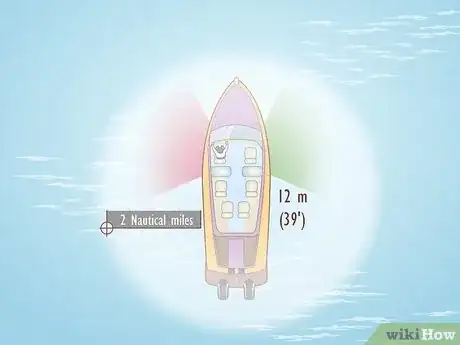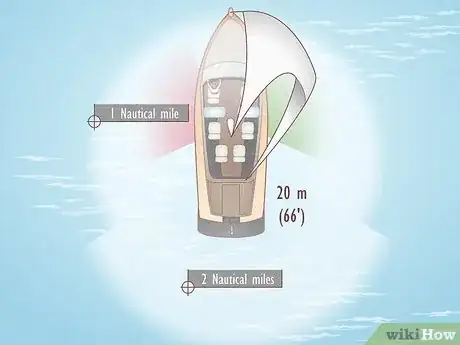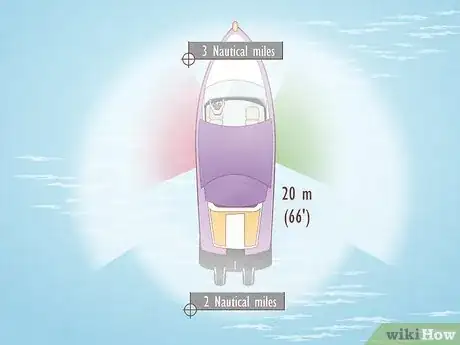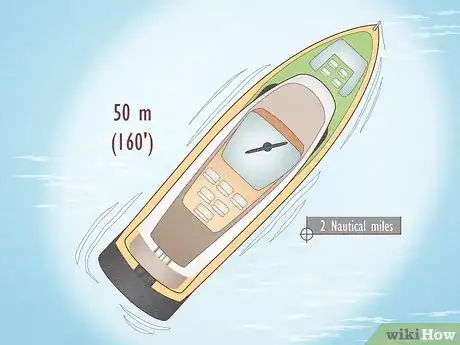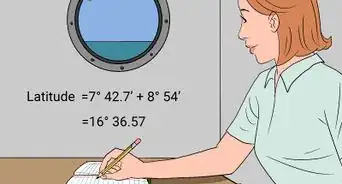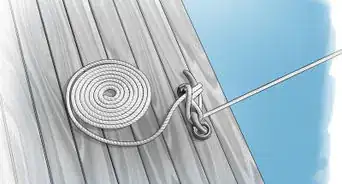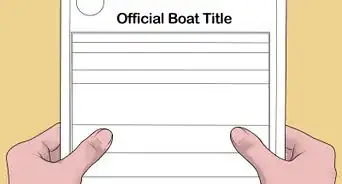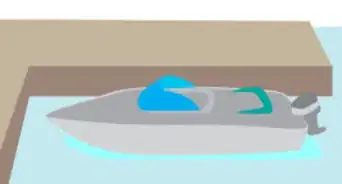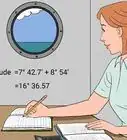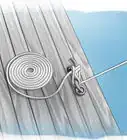This article was co-authored by wikiHow staff writer, Dan Hickey. Dan Hickey is a Writer and Humorist based in Chicago, Illinois. He has published pieces on a variety of online satire sites and has been a member of the wikiHow team since 2022. A former teaching artist at a community music school, Dan enjoys helping people learn new skills they never thought they could master. He graduated with a BM in Clarinet Performance from DePauw University in 2015 and an MM from DePaul University in 2017.
There are 7 references cited in this article, which can be found at the bottom of the page.
Learn more...
Ahoy! You may be less likely to rear-end someone if you’re sailing a boat at night than if you were driving a car in bumper-to-bumper traffic, but it’s still a real—and dangerous—possibility. Thankfully, strict sternlight requirements make it a lot easier to navigate on the water in the dark and give other boats a safe berth. In this article, we’ll go over the color and visibility requirements for sternlights (and other navigation lights) for sailboats and powerboats of varying lengths. Let’s get cruisin’!
Things You Should Know
- A boat’s sternlight is white and shines over a 135 degree angle behind the boat. It must be visible from 2 nautical miles (2.3 mi or 3.7 km) away.
- Masthead lights are also white and illuminate a 225 degree angle in front of the boat. The port (left) and starboard (right) sidelights are red and green, respectively.
- Boats under 12 m (39 ft) long can use a single, white all-around light in place of separate masthead and sternlights.
Steps
Warnings
- It’s illegal to obscure or block any of your boat’s navigation lights with decorative or recreational lights.[13]⧼thumbs_response⧽
References
- ↑ https://www.boatingmag.com/navlightregs/
- ↑ https://www.godownsize.com/boat-navigation-light-rules-night/
- ↑ https://www.ncwildlife.org/Portals/0/Boating/documents/VOG/InlandLightingRules.pdf
- ↑ https://www.boatingmag.com/navlightregs/
- ↑ https://www.ilearntoboat.com/blog/boat-navigation-lights/
- ↑ https://www.uscgboating.org/images/420.PDF
- ↑ https://www.ilearntoboat.com/blog/boat-navigation-lights/
- ↑ https://www.uscgboating.org/images/420.PDF
- ↑ https://www.ilearntoboat.com/blog/boat-navigation-lights/
